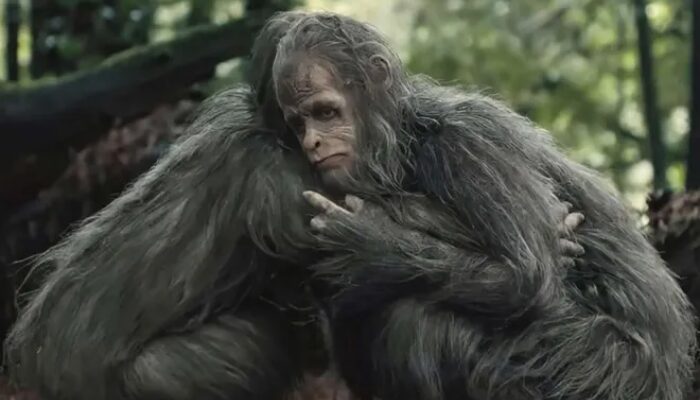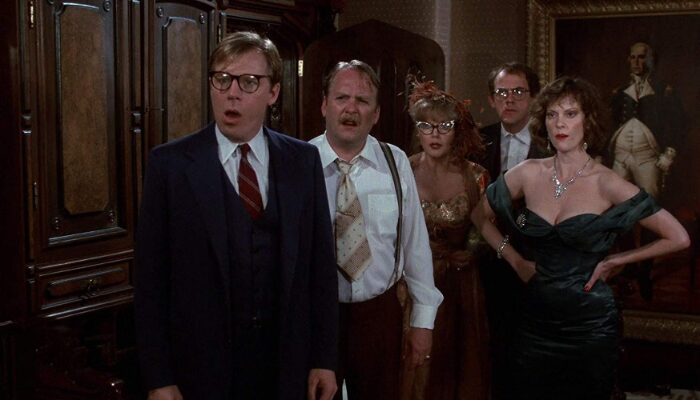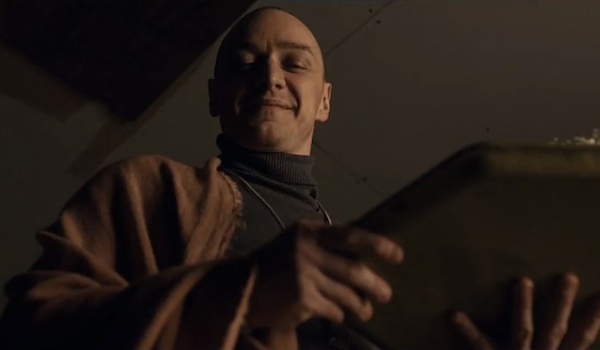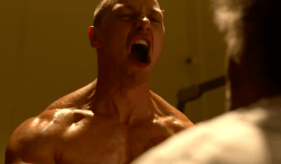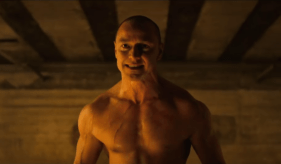Film Review: SPLIT (2016): M. Night Shyamalan Returns to Form By Creating Human Monsters
Split Review
Split (2016) Film Review, a movie directed by M. Night Shyamalan, and starring Anya Taylor-Joy, James McAvoy, Lyne Renee, Jessica Sula, Neal Huff, Maria Breyman, Peter Patrikios, Haley Lu Richardson, Brad William Henke, Sterling K. Brown, Sebastian Arcelus, Betty Buckley, Steven Dennis, Jon Douglas Rainey, and Kim Director.
When it comes to a drama film with a villain that is so multifaceted, many directors would not have paid as much attention to the backstory of its protagonist like M. Night Shyamalan did with Casey (Anya Taylor-Joy) in Split. Quentin Tarantino does this but many modern writers, directors, or directors/writers do not e.g. Gareth Edwards when it came to Jyn Eros in Rogue One: A Star Wars Story.
Casey’s backstory was not mere window dressing in Split. It served multiple functions. At first, because of Shyamalan’s previous films, Casey’s backstory was assumed to be part of some elaborate twist. In that respect, that segment of the film was a well-executed head fake. What Casey’s backstory did do was establish the heroine’s mentality and skill set. When she told her fellow captive to pee on herself to save herself from a possible sexual assault, by the end of Split the viewer knew where that knowledge came from. When Casey used a shotgun later in the film, the viewer knew where that knowledge came from. When the full scope of what had happened to Casey was revealed and what she was currently living with, the viewer knew why she was so withdrawn and kept to herself. It was a highly effective way to draw a character across multiple traumatic events throughout a film.
The capture of the three girls in the first act of Split was one of the strangest and most striking moments in the film. During key scenes when first faced with a human monster, Casey almost completely frozen. It was telling that she had the same reaction to both men, each a monster but in completely different ways.
The question with the second monster was why? Why didn’t Casey run out of the car when The Hoard started spraying the other girls in the car? Why did she move so slowly? Was she afraid of startling the animal, so close to her that its reaction was unpredictable? Since she was a hunter that is the only thing that made sense.
Like Raising Cain, the dissociative identity disorder (DID) personalities, referred to as The Horde, were far more interesting than the original personality. In Raising Cain, the viewer got to see the original personality alongside a multiple. In Split, the multiples were the centerpiece. The three standout multiples were: Stanley (a stern deviant with a fetish and a aversion to germs, Patricia (an English with manners – a lady. The viewer could see her staring out of McAvoy’s eyes), and Hedwig (the funniest of the multiples e.g. “Et Cetera,” a child that was easily manipulated). What sold each multiple was their body language, mannerisms, and how each composed themselves.
James McAvoy’s finest acting moment in Split was when his character’s true personality, Kevin Wendell Crumb, came forward for few moments before The Hoard took over again. It was McAvoy’s facial changes with each personality struggling for a brief moment “in the light” that made the scene terrific, terrifying, and drove home how tormented Crumb truly was. The Hoard ran his body, sharing it, and had regulated Crumb to a gagged and sedated tenant.
The failure of Shyamalan’s script was that Crumb was barely explored. Perhaps Crumb was ordinary and uncompelling. Perhaps that was why Shyamalan only allotted Crumb a minute and a half of screen time.
The three captured girls could have easily been generic archetypes. M. Night Shyamalan, however, had something else in mind for two of his three heroines. Claire Benoit (Haley Lu Richardson), obviously a popular girl in her high school, was not the stereotypical mean girl elitist. She had compassion but was also outspoken and a leader.
Marcia (Jessica Sula) was a mere follower and filler character who served as a quasi-bridge between Casey and Claire.
Casey was the second most interesting character in Split. For the entire film, the viewer was waiting for a clandestine connection between Casey and The Hoard, some twist that called into question all that the viewer had seen, a technique used to cinematic perfection in The Sixth Sense, Unbreakable, and Signs. That technique was not executed in Split. Instead the director opted for a good, straight forward narrative. Some of the flash backs in that narrative were horrific and while others were informative. Through the flashbacks, the viewer was also informed that though Kevin Wendell Crumb and Casey were different individuals, they both shared abusive pasts. One of them had turned outward and fractured into multiple personalities to deal with the harsh realities of the world. The other had turned inward and had become a teenage introvert.
Crumb’s present, i.e. his mind was controlled by The Horde, was more interesting than his past, so that was Shyamalan’s focus in the film. Casey’s past was more compelling than her present day state, so her past was given about 1/3 to about half of her screen time.
Like any good storyteller, Shyamalan built up the mystique of the last personality, The Beast, before The Beast was actually on-screen. The Beast’s initial transformation location, however, was a dubious choice. Why choose a public venue, where anyone could walk in on you at any time, instead of somewhere secluded for such a momentous transmogrification? Video-cameras in the train station? Somebody seeing you? None of these concerns seem to have occurred to The Horde when they choose the transformation location.
From what was described about The Beast, the viewer was expecting someone (or something) different. Someone with long hair and freakish looking (from what Dennis described in his therapy session – another head fake by M. Night Shyamalan). Laying the groundwork for a body chemistry change throughout the film and then showing that via fluid-engorged veins and strength were narrative good choices. Seeing all of The Beast’s veins protruding, like his body was a gigantic muscle, answered how all of the later strength moves were possible. Like Casey knowing how to load and use a shotgun, if the earlier groundwork for The Beast had not been laid throughout Split, the transformation would have been hollow and unsubstantiated.
Besides the killing of Dr. Karen Fletcher (Betty Buckley), The Beast’s most effective moment was pulling apart the bars of Casey’s cage and what he said to Casey when he saw her scarring and knew she’d been cutting herself. For obvious reasons, no one had ever told Casey that her traumas made her special, unique. It wasn’t so much the message but the messenger that drove the words home. Whether Casey believed them or not was undisclosed.
After finding the courage to fight a monster, unlike in her past, was Casey finally able to find the courage to speak out about her abuse? Her large, expressive, easily read eyes said “yes.” She’d done battle with one monster in Split and survived. Perhaps she was finally ready to do battle with another.
Rating: 7.5/10
Leave your thoughts on this Split review and the film below in the comments section. Readers seeking more film reviews can visit our Movie Review Page, our Movie Review Facebook Page, and our Movie Review Google+ Page. Want up-to-the-minute notifications? FilmBook staff members publish articles by Email, Twitter, Tumblr, Google+, and Facebook.
Related Articles
FilmBook's Newsletter
Subscribe to FilmBook’s Daily Newsletter for the latest news!





